Recommendations for middleaged and elderly people: Eat less rice porridge and steamed buns, and eat more 4 types of highpotassium foods to keep your legs and feet strong and energetic.
CEditor Posted by 2024-03-11 10:10:21
Aunt Xu is a person who loves outdoor sports and still maintains a positive attitude towards life after retirement. She enjoys hanging out with her friends in the park, hiking, and exercising to maintain her strength and energy. During mountain climbing, Aunt Xu often brings steamed buns as energy-supplementing food, because steamed buns can provide a feeling of fullness and are easy to digest and absorb, allowing her to have enough physical strength to complete mountain climbing activities.  However, Aunt Xu's health has not been as good as before recently. One morning, Aunt Xu ate plain porridge and went to the park as usual. After strolling in the park for more than half an hour, Aunt Xu felt like she couldn't stand it anymore. She felt like she couldn't muster the strength, especially because her legs were so soft that she couldn't walk. A few days later, Aunt Xu felt that she was getting tired more and more easily, and her legs were getting weaker and weaker. In the end, she even became unsteady when walking . Aunt Xu, who was a little worried about this, quickly told her children about the incident, so Aunt Xu went to the hospital for treatment with the support of her family. 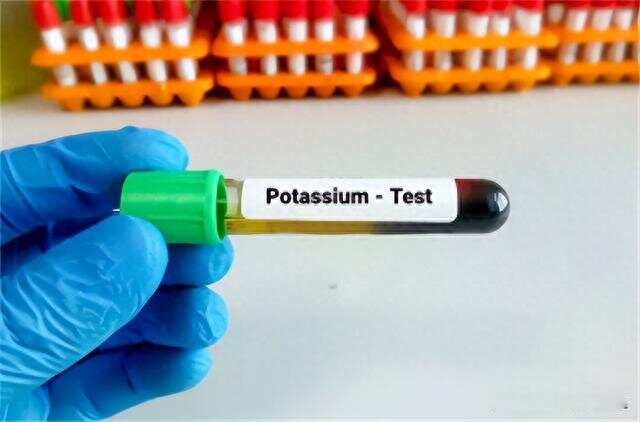 After a blood test in the hospital, it was found that Aunt Xu's blood potassium level was only 3.1mmol/L, which was lower than the normal range of 3.5~5.5mmol/L, and she suffered from hypokalemia. "Doctor, my mother eats three meals a day on time every day, and often eats porridge, steamed buns and other easily digestible foods. Why is she still lacking potassium in her body?" Aunt Xu's son was puzzled by this. The doctor explained, " Porridge and steamed buns are foods with high starch content . For people who exercise a lot, they can indeed keep blood sugar at normal levels and provide energy. However, these foods contain a single nutrient, and their The potassium content is very low. Consuming these foods for a long time will result in insufficient potassium intake, which will lead to low potassium in the body, which will affect the normal function of muscles. " After Aunt Xu came back from the doctor's consultation, she followed the doctor's advice and no longer only ate porridge and steamed buns, but also mixed them with fresh vegetables and fruits. Gradually, Aunt Xu's body recovered. Usually, everyone pays more attention to the supplement of protein, vitamins, and calcium ions, but the understanding of potassium is very lacking, let alone supplementing potassium. So, let’s take you through “potassium”. 1. What is the function of potassium?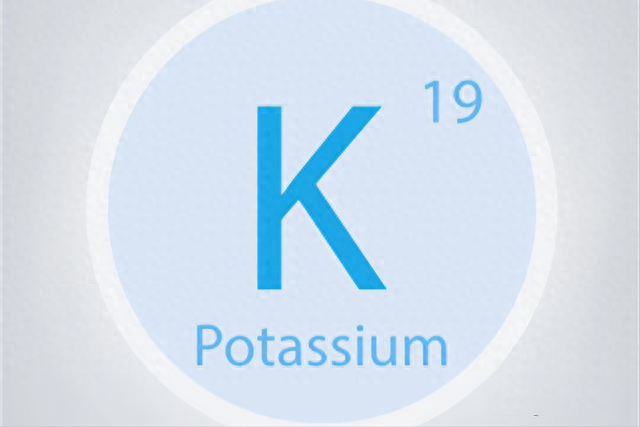 Potassium plays an important role in the human body. It is involved in many physiological processes, including maintaining normal heart function, regulating nerve impulse transmission, and participating in maintaining the osmotic pressure balance and acid-base balance of intracellular and intracellular fluids, etc. Potassium is one of the key components for maintaining normal heart function. It is involved in regulating the contraction and relaxation of heart muscles and helps maintain normal heart rhythm; a lack of potassium may lead to arrhythmias and cardiac dysfunction . Potassium also plays an important role in neurotransmission. It is involved in maintaining the potential difference of nerve cell membranes and regulating the transmission of nerve impulses, which is essential for maintaining the normal function of the nervous system. In addition, potassium is also involved in maintaining the osmotic pressure and acid-base balance of fluids inside and outside cells . It regulates the balance of water and electrolytes inside and outside cells through the permeability of cell membranes, maintains the homeostasis of the body's internal environment, and helps maintain the normal functions of cells. . 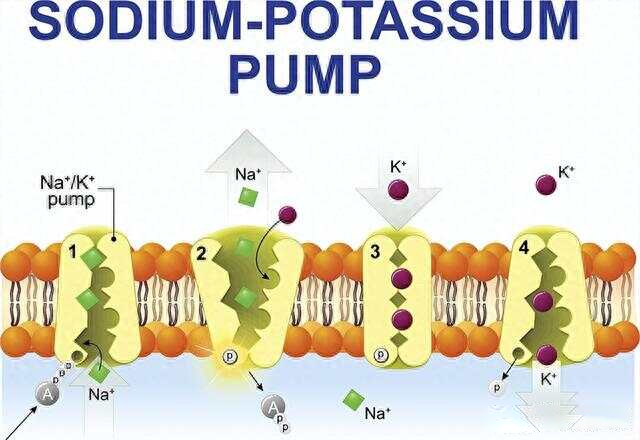 It can be seen that as one of the important ions necessary for life activities, potassium plays a very important role. In the above case, Aunt Xu lacked understanding of potassium ions and did not supplement enough potassium ions after diarrhea, which would lead to low blood potassium levels in the body in the long run. When potassium ions are lacking in the body, muscle function is affected, so Aunt Xu will feel "weak in her legs", and the low potassium state will also affect the body's absorption of nutrients, so Aunt Xu will easily feel "fatigue". 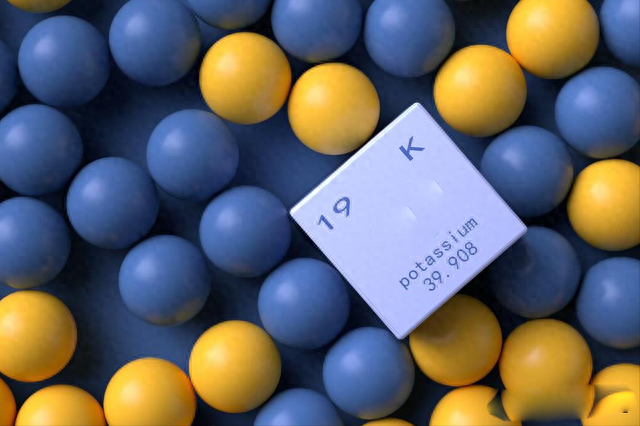 For middle-aged and elderly people, muscle health depends on their physical health. In addition to paying attention to the supplement of calcium ions and protein in daily life, they should also pay attention to the supplement of potassium ions; once the potassium ion level is too low, It will affect the normal function of muscles, and the legs and feet of the elderly will also be weak and prone to fatigue. When the blood potassium level in the human body is between 3.5-5.5mmol/L, the normal conduction function of the neuromuscular cell membrane to nerve impulses can be maintained , and the transmission of bioelectrical signals can proceed normally; if the blood potassium level is lower than 3.5mmol/L, it will Because the potassium ion concentration in the extracellular fluid is too low, neuromuscular stress is reduced, which may cause muscle paralysis, leading to hypokalemic myasthenia. 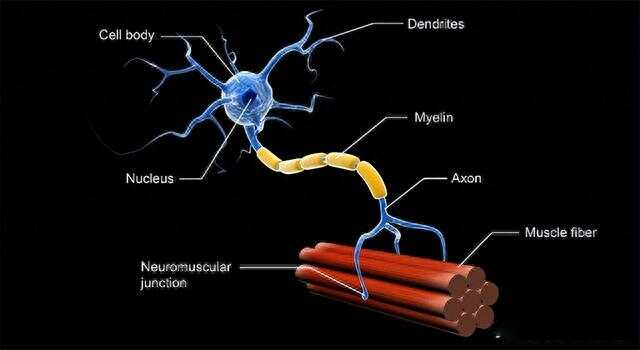 When the serum potassium level is lower than 3.0mmol/L, the patient will show symptoms of fatigue or skeletal muscle soreness. When the serum potassium level is lower than 2.5mmol/L, the patient will show bilaterally symmetrical systemic flaccid muscles. Asthenic symptoms ; If the patient is in a state of severe hypokalemia, it will also affect the diaphragm and respiratory muscles related to breathing, causing the patient to experience symptoms such as vomiting and dyspnea; in more severe cases, it may even involve the myocardium and affect the cardiac cycle, which may cause It causes arrhythmias in patients. Once QT interval prolongation and torsade de pointes occur, it may develop into fatal arrhythmias, endangering life and health. 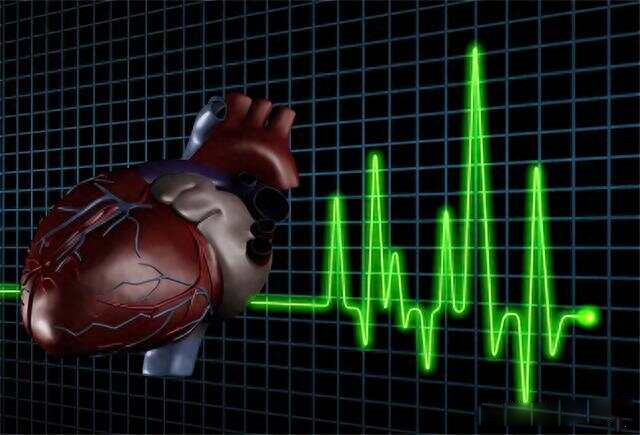 Therefore, when potassium in the body is insufficient, it needs to be supplemented in time so as not to affect health. In daily life, it is not uncommon for middle-aged and elderly people like Aunt Xu to like to eat porridge and steamed buns. Insufficient potassium intake in the long term may lead to hypokalemia. 2. Why is it recommended that middle-aged and elderly people eat less rice porridge and steamed buns?As age increases, the digestive system function of many middle-aged and elderly people weakens. High-starch foods such as porridge and steamed buns are the main choices of most middle-aged and elderly people, because they think these foods are easy to digest and absorb. However, if you rely too much on a diet based on porridge and steamed buns, there will be several disadvantages for middle-aged and elderly people. 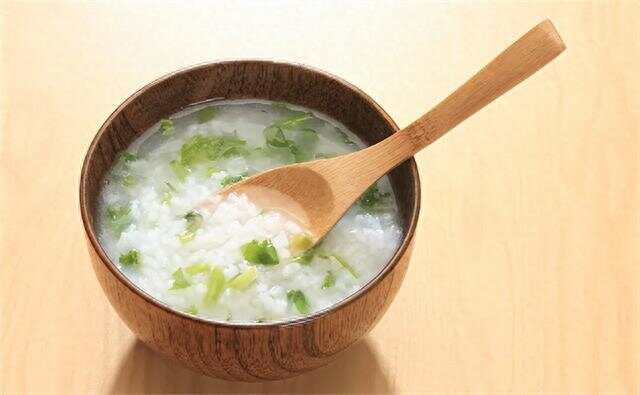 First of all, porridge and steamed buns are high-carbohydrate foods. Excessive intake of high-carbohydrate foods may lead to weight gain and other problems in middle-aged and elderly people. In addition, excessive intake of high-carbohydrate foods may increase the digestive burden. Causes problems such as indigestion and constipation. Secondly, porridge and steamed buns have a high glycemic index, which will quickly increase blood sugar levels. For middle-aged and elderly people, blood sugar control is more important because they are more likely to suffer from diseases such as diabetes or metabolic syndrome; and excessive intake of glycemic Foods with a high glycemic index may cause excessive fluctuations in blood sugar and increase the risk of diabetes. In addition, compared with other foods, such as whole grains, vegetables and meat, porridge and steamed buns contain too single nutrients and have relatively low nutritional value. Therefore, if porridge and steamed buns are eaten for a long time or often without vegetables and meat, If you eat other foods, it is likely to lead to imbalanced nutrition in middle-aged and elderly people, which may lead to a lack of important nutrients such as protein, dietary fiber, vitamins and minerals . As mentioned in the above example, Aunt Xu suffered from hypokalemia because her blood potassium level was too low because she did not have a balanced diet. 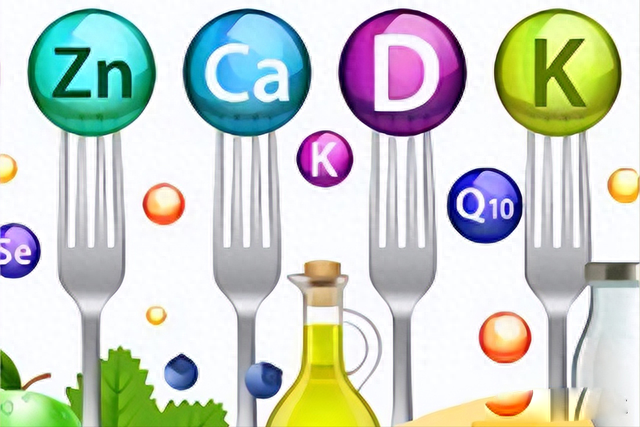 Therefore, it is recommended that middle-aged and elderly people eat less foods with relatively low nutritional value such as porridge and steamed buns in their diet, and they should not only focus on the intake of protein and calcium ions, but also the intake of potassium ions. Because many middle-aged and elderly people may suffer from chronic diseases, such as hypertension, kidney disease, and cardiovascular disease, related treatment drugs may increase the body's excretion of potassium, resulting in insufficient potassium ion levels in the body; therefore, intake in appropriate amounts Potassium ions are also very important. 3. Eat more 4 kinds of high-potassium foods to keep your legs and feet strong and energetic.As middle-aged and elderly people grow older, they gradually like to eat easily digestible foods such as porridge, steamed buns, soup noodles, etc., but the potassium content of these foods is not high. In order to increase their potassium intake, middle-aged and elderly people should eat less porridge and steamed buns and more potassium-rich foods to keep their legs and feet strong and in good spirits. Middle-aged and elderly people should eat more of the four high-potassium foods introduced below. Only when there are enough potassium ions in the body can they maintain a good mental state and have strong legs and feet. 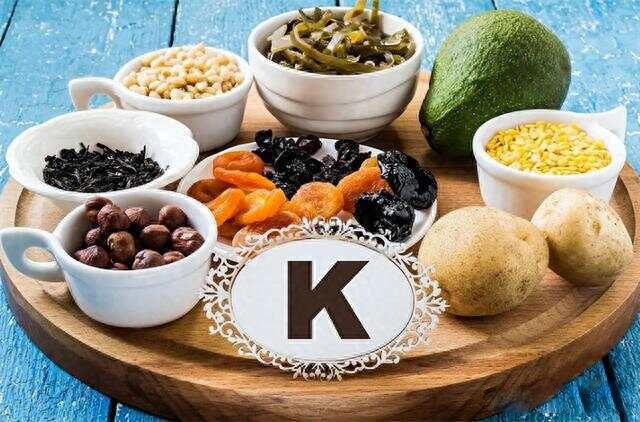 1.Saina Baby cabbage is a very common and cheap vegetable. It is not only rich in vitamins, but also rich in potassium ions. The potassium content of baby cabbage per 100 grams can reach 278 mg , which is the same as other common vegetables such as lettuce (potassium content of 91 mg/100g). In comparison, baby cabbage has a higher potassium content; and as a food rich in plant fiber and vitamins, it will not burden the gastrointestinal tract and is also very suitable for middle-aged and elderly people. Therefore, for middle-aged and elderly people, you can choose to eat baby cabbage to supplement potassium. 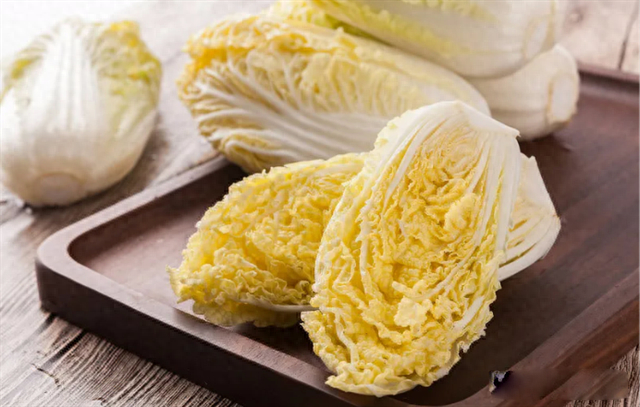 2.Beans Not only are legumes an excellent source of plant protein, most legumes are also rich in potassium. Taking soybeans as an example, black beans have a potassium content of 1377 mg per 100 g, and soybeans have a potassium content of 1503 mg per 100 g; while other miscellaneous beans such as dried mung beans have a potassium content of 787 mg per 100 g; These are high potassium foods. Moreover, beans are rich in plant fiber, which not only helps middle-aged and elderly people digest, but also helps control blood sugar levels. 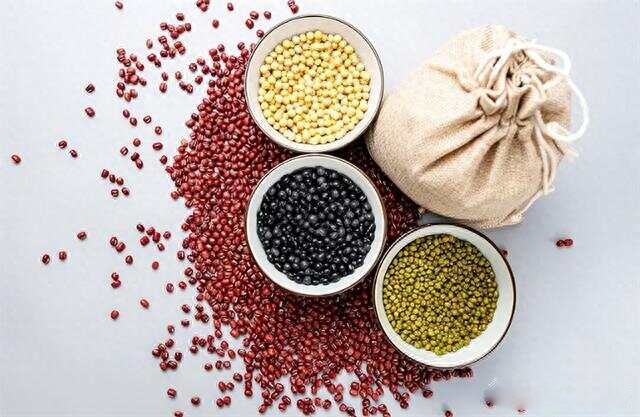 Therefore, middle-aged and elderly people can choose to eat beans such as black beans and soybeans to supplement potassium. 3. Fish Fish is a nutrient-dense food, and most fish meat is rich in potassium. Taking common crucian carp, grass carp, pomfret, and carp as examples, their potassium content is greater than 290 mg per 100 grams. Fresh fish is not only rich in potassium, but also rich in vitamin D, calcium and other nutrients, which are also helpful for the health of middle-aged and elderly people. Moreover, the meat of fresh fish is relatively tender and has low fat content, which is suitable for digestive function. Relatively poor consumption by middle-aged and elderly people. 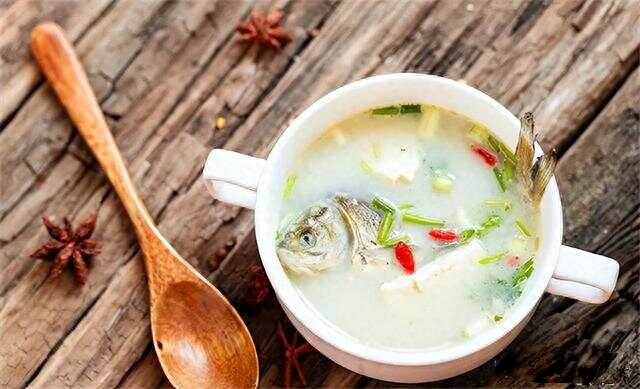 4.Lean pork Fresh lean pork is rich in protein, and its potassium content is also high. Every 100 grams of lean pork contains 305 mg of potassium . In addition, lean pork is also rich in nutrients such as iron and vitamins. It contains less fat, is easy to digest after eating, and is not likely to cause gastrointestinal discomfort in middle-aged and elderly people. Eating it can help improve the immunity of middle-aged and elderly people. Therefore, middle-aged and elderly people can choose to eat fresh lean pork. 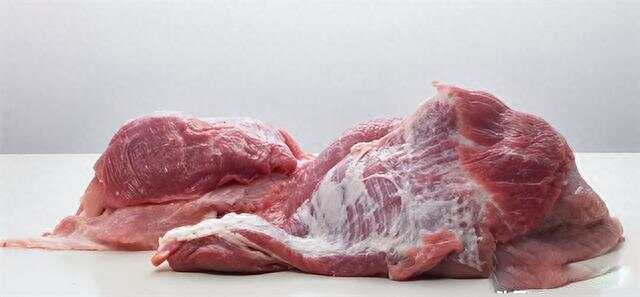 No matter what kind of food you choose to eat, the more important thing is to eat a balanced diet. Include vegetables, meat and other foods in three meals a day. You can also eat some fruits to ensure a balanced nutritional intake. For middle-aged and elderly people, they need to pay attention to their daily diet and have a balanced diet to ensure adequate intake of nutrients. For example, Aunt Xu and her children mentioned in the above case did not understand the importance of potassium to the human body and did not eat a balanced diet rich in potassium. In the long run, Aunt Xu's blood potassium was low, thus Fatigue easily and legs feel weak. Combining the case of Aunt Xu, we can see that middle-aged and elderly people should eat less low-potassium foods such as porridge and steamed buns, and pay attention to the supplement of potassium. It should also be noted that supplementing potassium should be appropriate. Excessive intake may also lead to high potassium, causing Other health problems. |